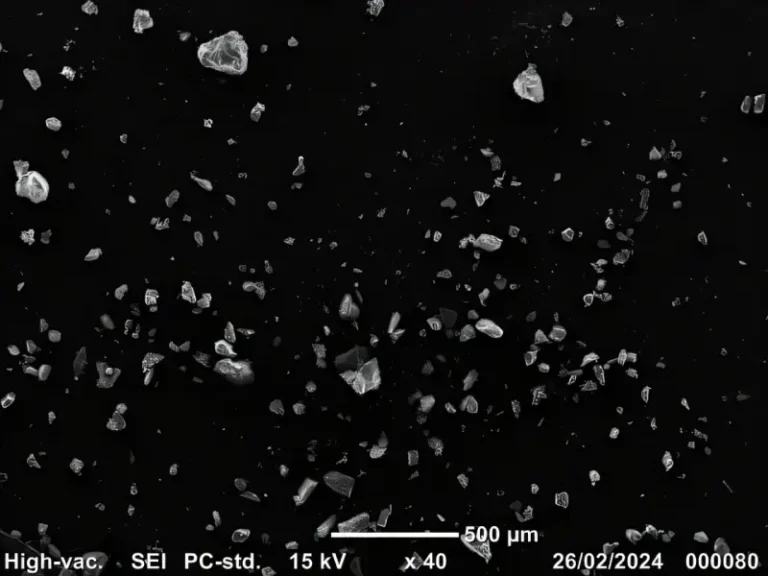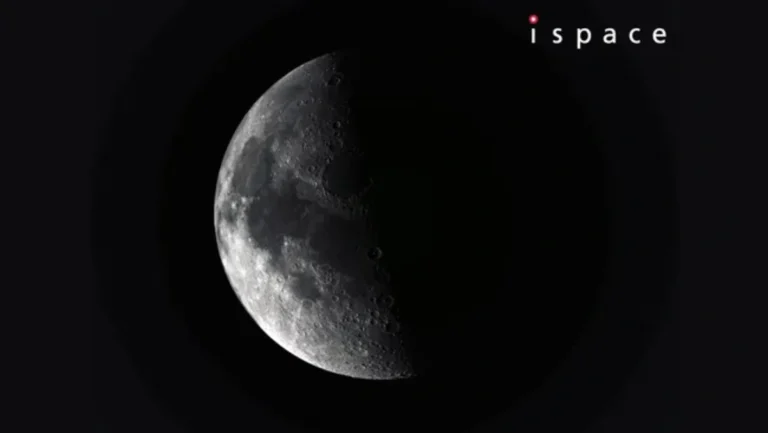NASA’s Curiosity rover finds pure sulfur in Martian rocks
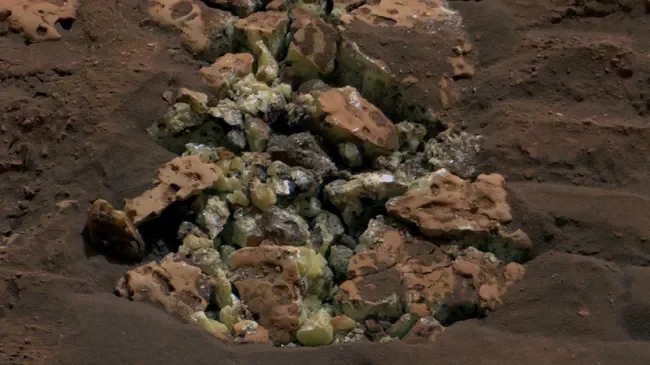
NASA’s Curiosity rover has made a remarkable discovery on Mars by finding pure sulfur in a rock, surprising scientists. Although the rover has detected sulfur before, it has always found it mixed with other minerals such as magnesium and calcium.
This is the first time that pure sulfur has been identified, forming yellow crystals inside crushed rocks in the region, according to a NASA statement.
“Finding a field of rocks made of pure sulfur is like finding an oasis in the desert,” said Ashwin Vasavada, mission project scientist at the Jet Propulsion Laboratory in California.
He pointed out that the presence of pure sulfur in such a location is unexpected, requiring new explanations. The fragility of the crystals made it impossible for Curiosity to collect them directly, so it drilled into a larger rock, nicknamed Mammoth Lakes, to obtain samples.
The discovery took place on May 30, while the rover was exploring Gediz Vallis, a channel on the slopes of Mount Sharp, in the center of Gale Crater. Curiosity, in its 12th year of mission, has been investigating the area in search of signs of ancient microbial life.
Mount Sharp would have been much wetter billions of years ago, and the Gediz Vallis channel may have been carved by strong winds or liquid water flows when Mars began to dry out.
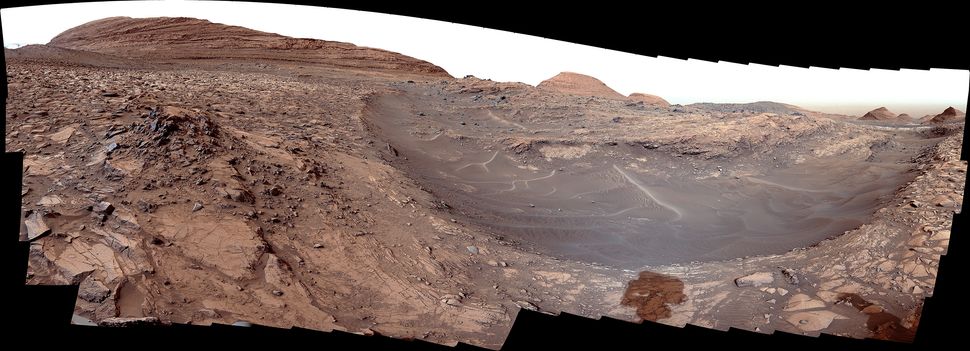
The rocks in the region show pale halos near the edges, the result of chemical reactions with water that have altered the minerals deposited. However, scientists are still trying to understand how the pure sulfur formed and whether there is any relationship with the sulfur minerals previously discovered.
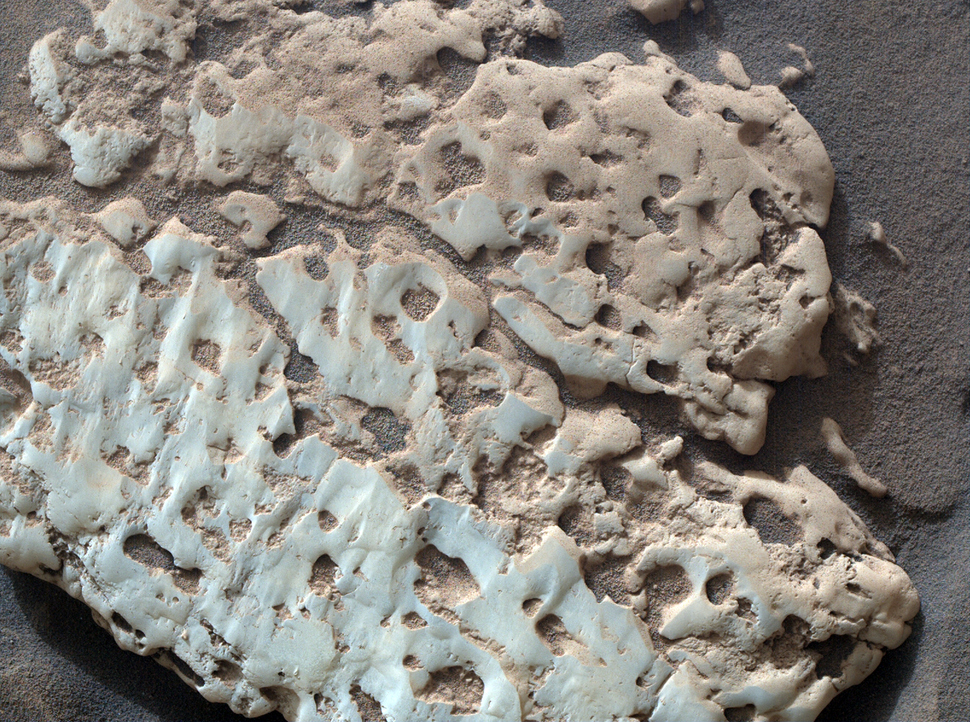
“Discovering strange and unexpected things is what makes planetary exploration so exciting,” said Vasavada, stressing the value of Curiosity’s mission in unraveling the mysteries of Mars.

